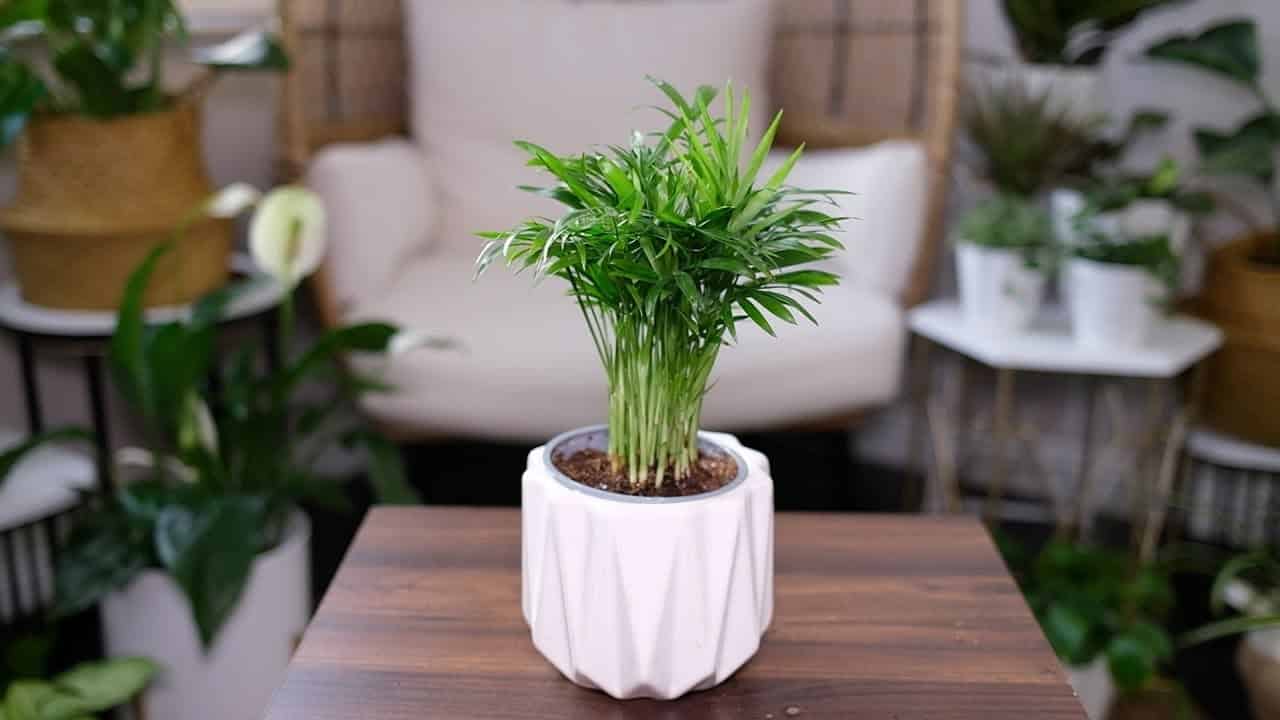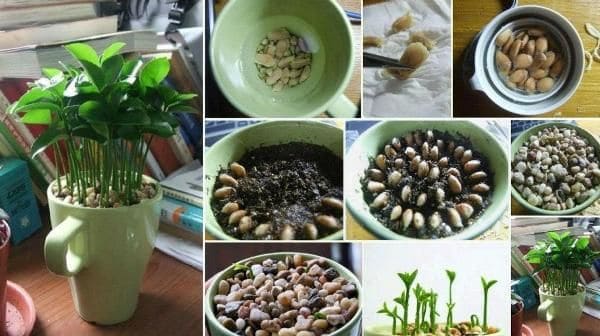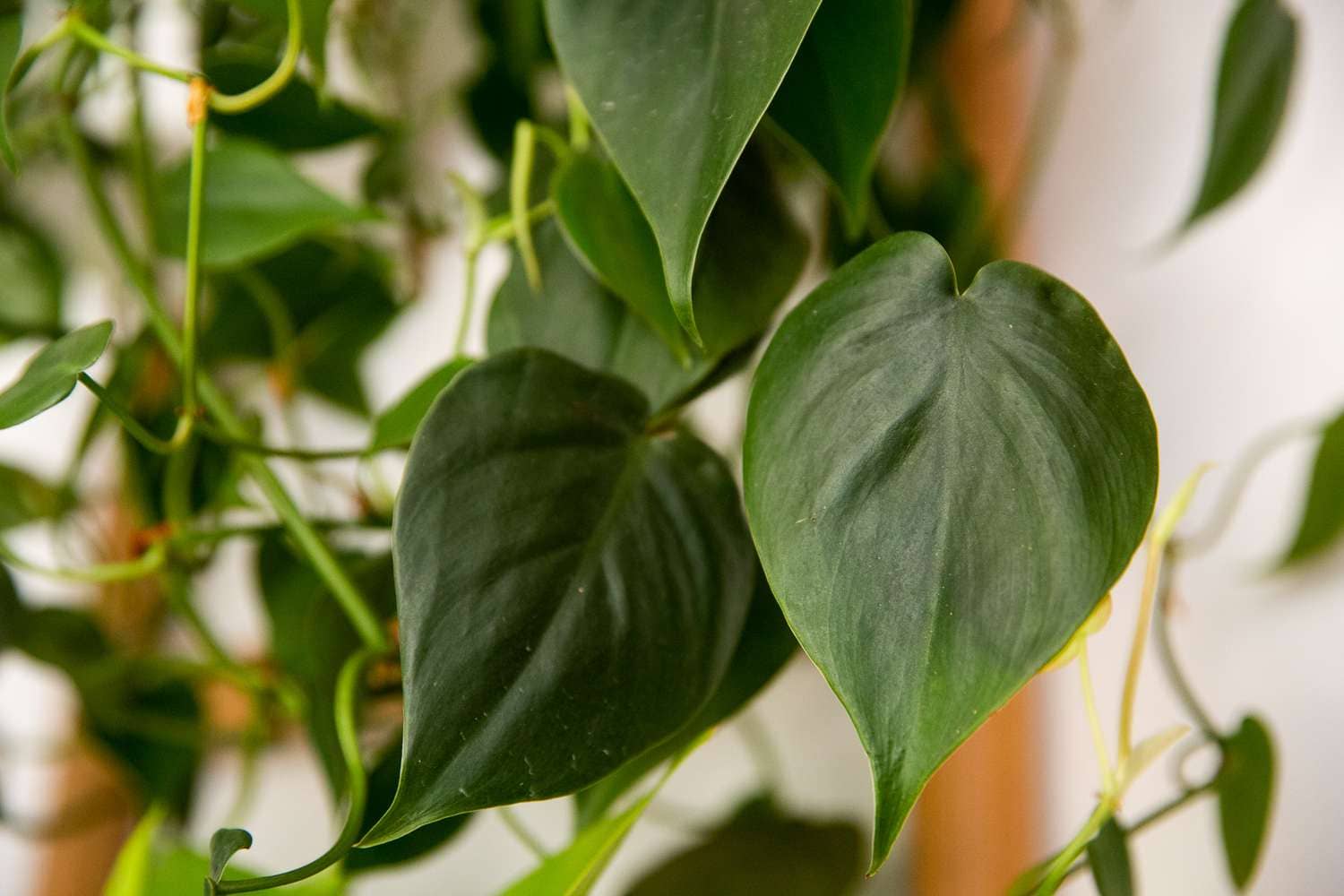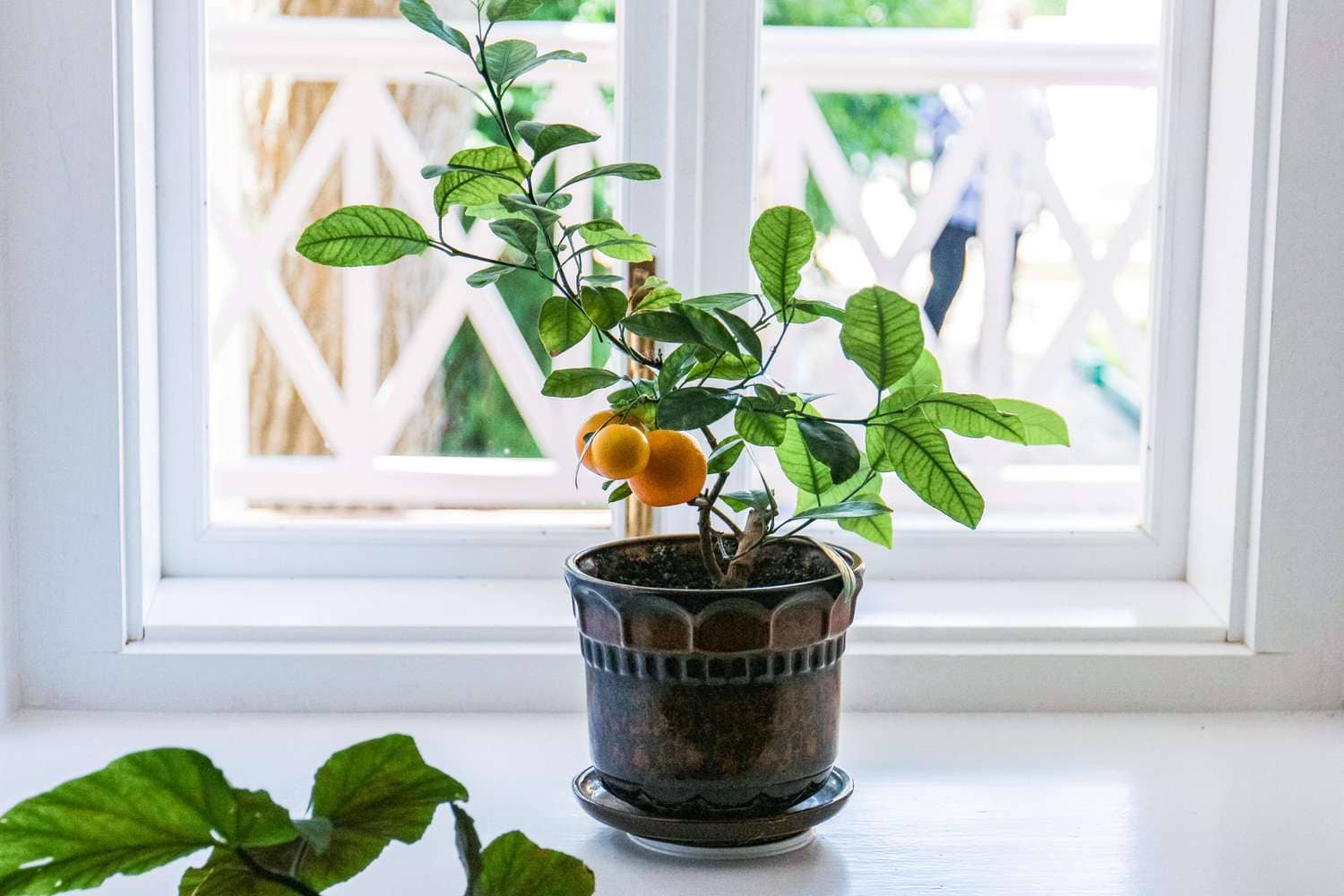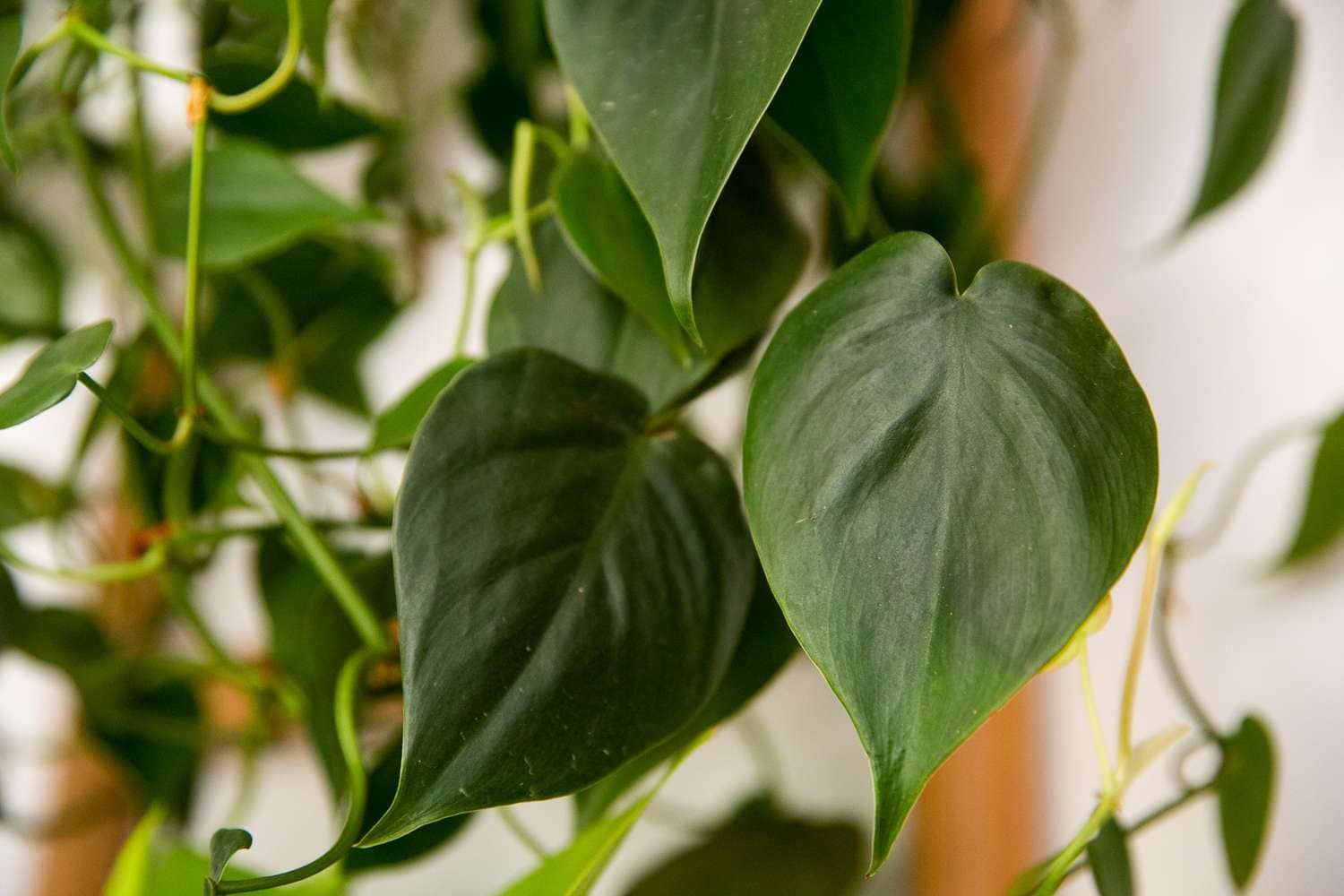Introduction:
Bella palms, scientifically known as Chamaedorea elegans, are renowned for their graceful fronds and air-purifying qualities, making them a popular choice for indoor and outdoor landscapes alike. Also referred to as Parlor palms or Neanthe Bella palms, these plants add a touch of tropical elegance to any setting. In this article, we’ll explore the allure of Bella palms, their cultivation requirements, and tips for ensuring their health and vitality in your home or garden.
The Allure of Bella Palms: Bella palms are prized for their delicate appearance and versatility. Their arching, feathery fronds emerge from slender stems, creating a lush canopy that adds a sense of tranquility and sophistication to indoor spaces, patios, or shaded garden beds.
Cultivation Tips for Success:
- Light Requirements: Bella palms thrive in bright, indirect light. Place them near east- or north-facing windows where they can receive gentle sunlight filtered through sheer curtains or blinds. Avoid exposing them to direct sunlight, as this can lead to leaf burn and discoloration.
- Temperature and Humidity: These tropical beauties prefer warm, humid environments similar to their native habitat. Maintain temperatures between 65°F to 80°F (18°C to 27°C) and provide adequate humidity by placing a humidifier nearby or misting the foliage regularly, especially during the dry winter months.
- Watering: Proper watering is essential for the health of Bella palms. Keep the soil consistently moist but not waterlogged. Allow the top inch of soil to dry out slightly between waterings, and ensure that excess water can drain freely from the pot to prevent root rot. Adjust the watering frequency based on environmental conditions and the plant’s needs.
- Soil and Potting: Use a well-draining potting mix rich in organic matter, such as peat moss or compost. Choose a container with drainage holes to prevent water from pooling around the roots. Repot Bella palms every 2-3 years to refresh the soil and provide adequate space for root growth.
- Fertilization: Feed Bella palms with a balanced liquid fertilizer diluted to half strength during the growing season (spring and summer). Apply fertilizer every 4-6 weeks to promote healthy growth and vibrant foliage. Avoid over-fertilizing, as this can cause salt buildup in the soil and damage the plant.
Maintenance and Care:
- Pruning: Remove any yellowing or damaged fronds regularly to maintain the plant’s appearance and encourage new growth. Use clean, sharp scissors or pruning shears to make clean cuts at the base of the fronds.
- Pest Control: Keep an eye out for common pests such as spider mites, mealybugs, or scale insects, especially in indoor environments with low humidity. Treat infestations promptly with insecticidal soap or neem oil, taking care to thoroughly coat the affected foliage.
Conclusion:
Bella palms are a charming addition to any indoor or outdoor space, bringing a touch of tropical beauty and elegance to your surroundings. By following the cultivation tips outlined in this article and providing the proper care and attention, you can enjoy the lush foliage and graceful presence of Bella palms for years to come. Whether adorning a living room corner or enhancing a shaded garden retreat, these exquisite palms are sure to captivate and delight all who encounter them.

